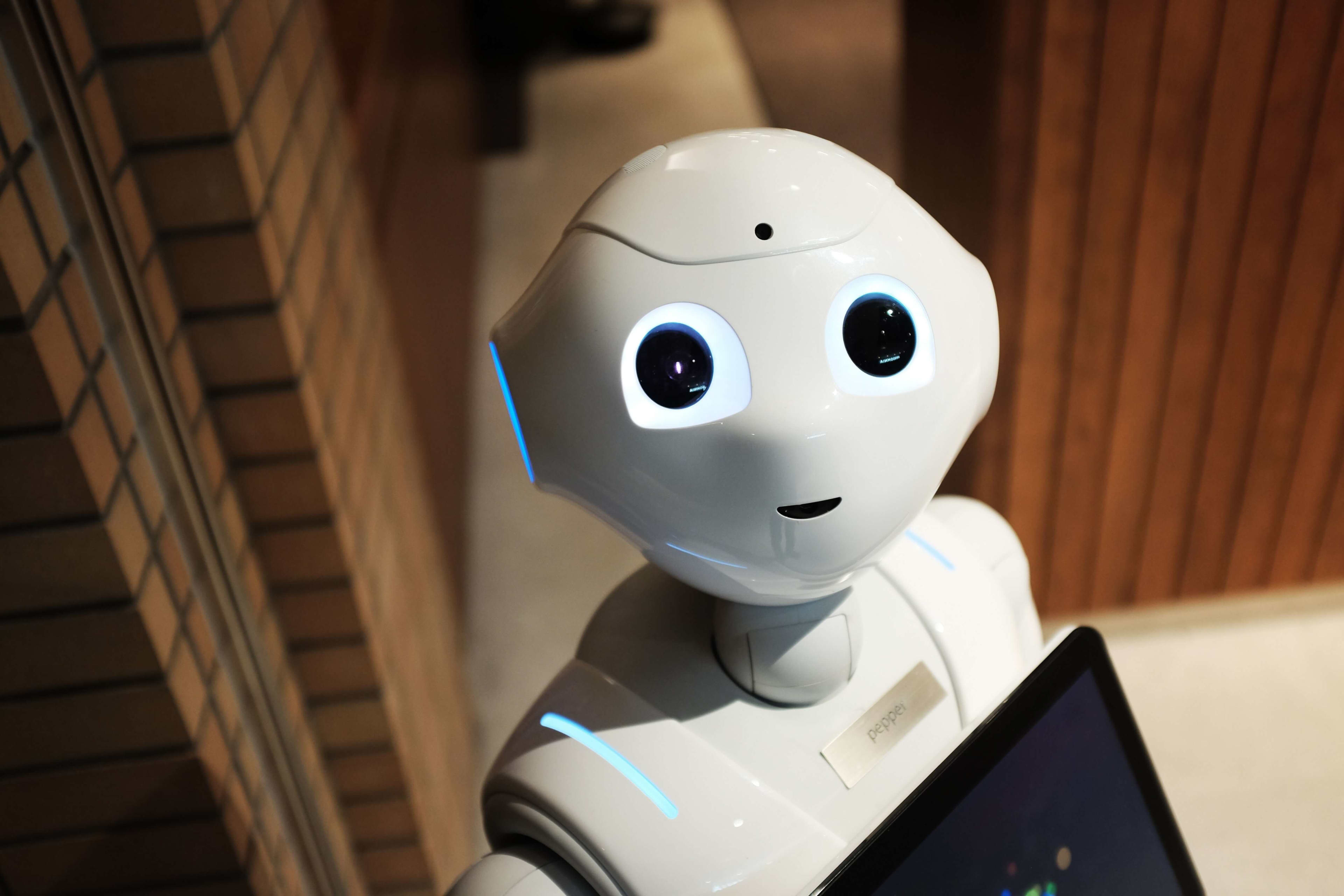What is Headless?
Headless is a term used for software without a graphical user interface (GUI) for the end-user. Although there is no GUI for the end-user, there is a management user interface.
Traditionally a Content Management System (CMS) contains a "Head" that provides the website for the end-user. One of the drawbacks is that the CMS dictates the front-end technology to use and thus gives you less flexibility.
With the rise of Jamstack people started to realize that separating the front- and back-end gives major advantages. Detaching the presentation from the CMS makes it easier to consume the content from multiple channels such as mobile apps and smartwatches. And it allows developers to pick any front-end technology, which greatly reduces the dependency on the CMS platform and improves the developer experience.
Having a Headless Content Management System (CMS) means that the front-end is fully decoupled from the back-end. The content is exposed through an Application Programming Interface (API) which is consumed by front-end technology of your choice.
Unlike a traditional CMS, a Headless CMS is a content management system without a front-end.
Headless CMSs come in different forms, e.g self-hosted or as software-as-a-service, opensource or closed source, and have all different features. The software-as-a-service (SaaS) type is very popular and CMSs even got its own abbreviation CaaS (content-as-a-service).
With all these different forms is hard to select a Headless CMS. What makes it even more challenging is the humongous and expanding landscape of Headless services. This landscape is daunting to explore;
- Where to start?
- What features do I need?
- What Headless services to assess?
At Unplatform we continuously monitor the landscape and are happy to provide you with advice on what services fit your business best. Please feel free to use our contact form or drop us a mail: info@unplatform.io.
